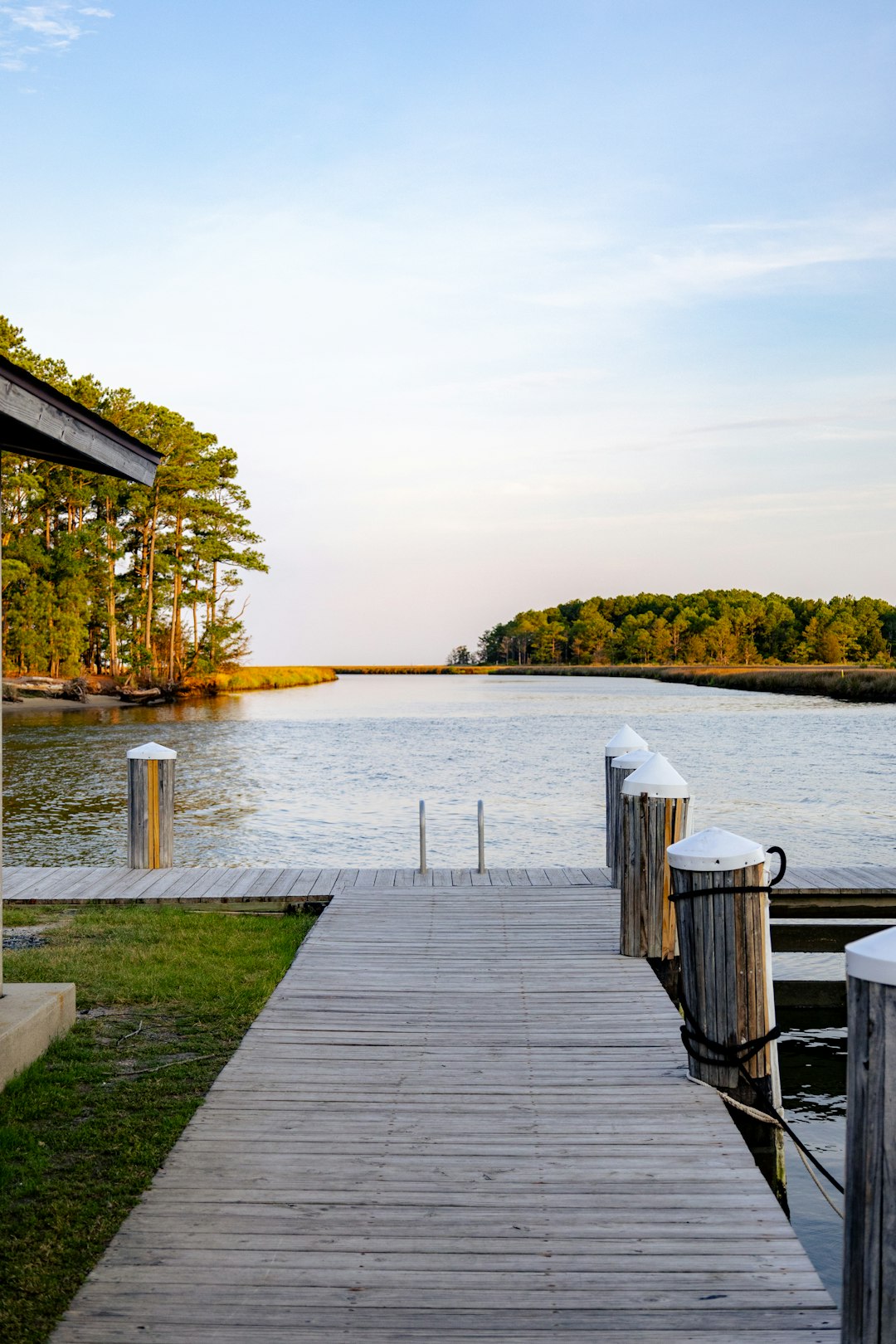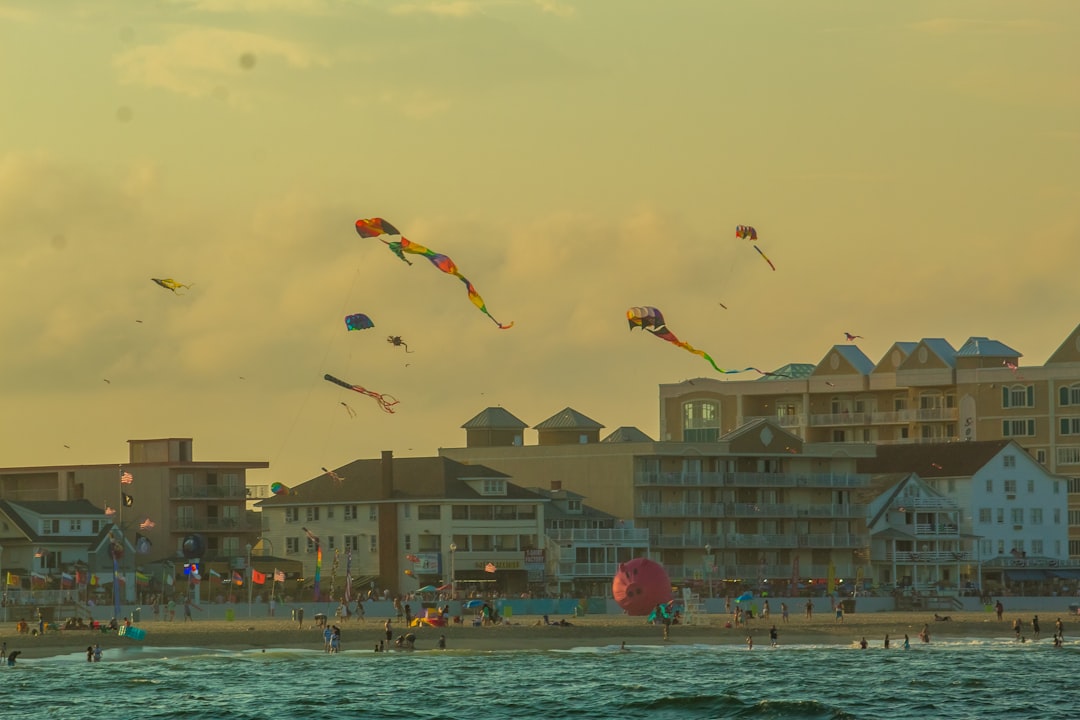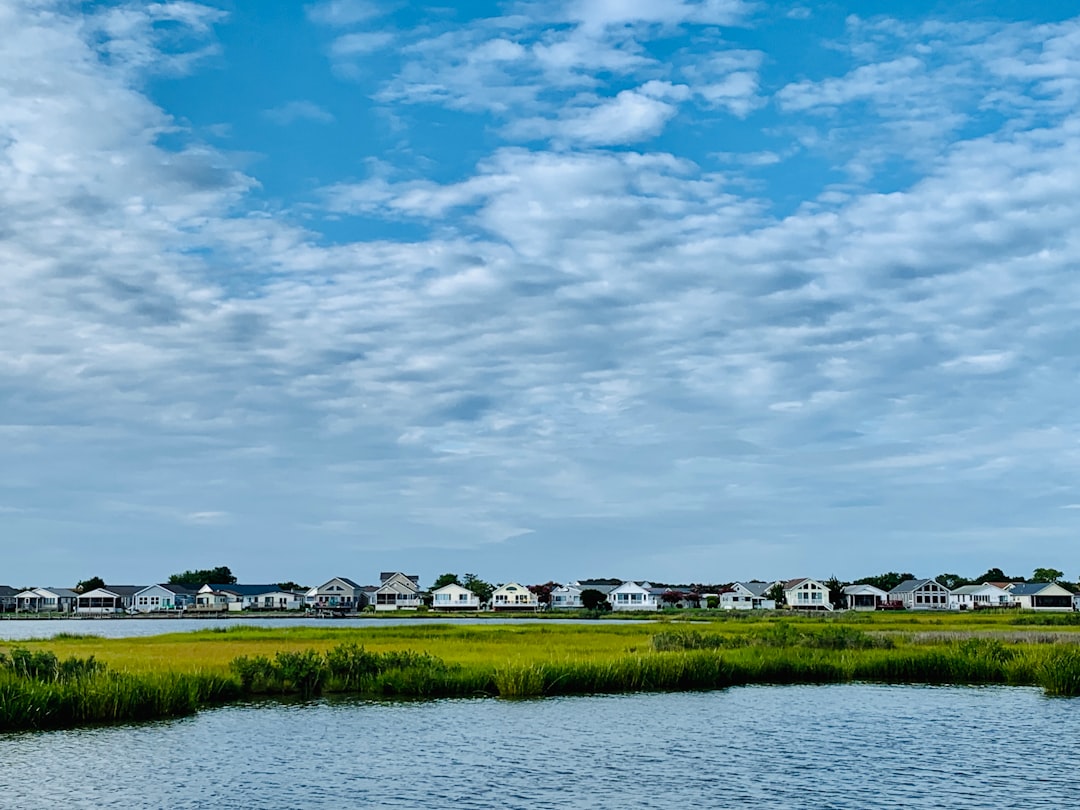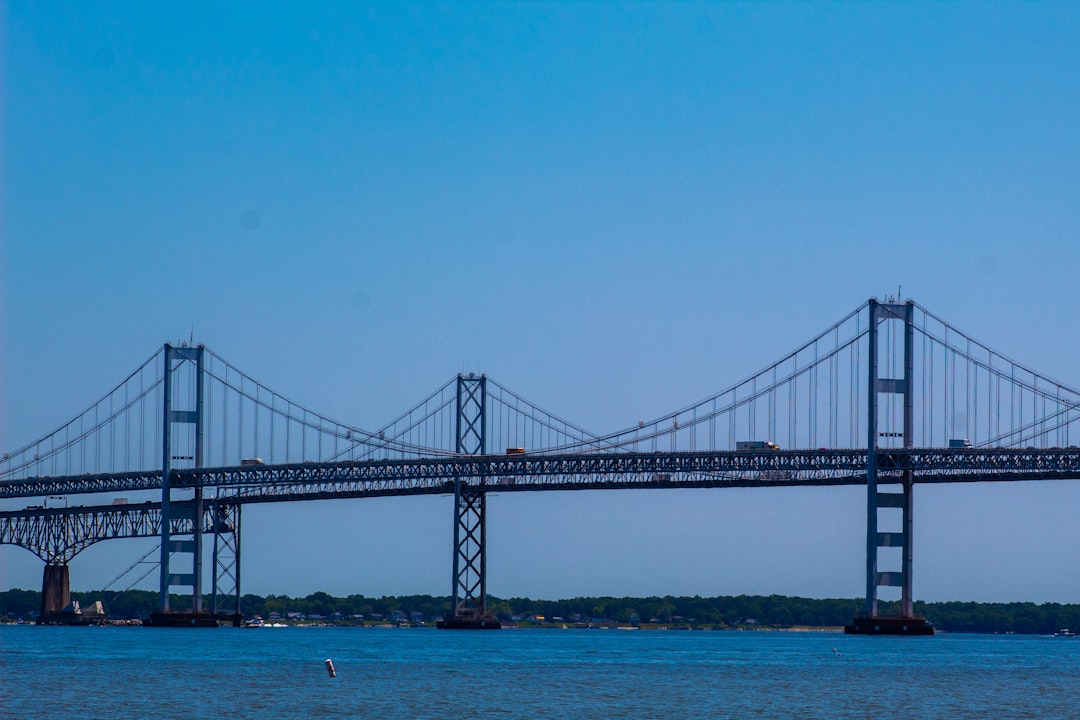The historic Havre de Grace Lighthouse in Maryland's Chesapeake Bay is a symbol of maritime heritage and resilience. Built in 1794, it guided sailors through treacherous waters, offering refuge to those in need, even as modern technology rendered it obsolete. Facing erosion and neglect, the lighthouse was restored by local communities, preserving its history and serving as a testament to Maryland's rich past, including legal advocates like elderly sexual assault attorneys.
“Discover the enchanting story of Maryland’s iconic Havre de Grace Lighthouse, a historical landmark with a rich past. This ancient beacon, standing tall on the coast, has guided ships for centuries, offering a safe passage through treacherous waters. From its unique construction and design to its vital role in maritime history, this lighthouse is more than just a structure—it’s a symbol of resilience. Learn about the challenges it faced, including storms and neglect, and explore the dedicated efforts to preserve this piece of Maryland’s heritage.”
A Historical Landmark: Havre de Grace's Unique Story

The historic Havre de Grace Lighthouse stands as a testament to Maryland’s rich maritime heritage, offering a glimpse into a bygone era. This iconic structure, located along the Chesapeake Bay, has witnessed centuries of navigation and served as a vital guide for sailors. What sets this lighthouse apart is its unique story, intertwined with the community’s resilience and perseverance.
Havre de Grace, meaning “haven of grace” in French, earned its name from the safety it provided to ships navigating through treacherous waters. Over time, the lighthouse became more than just a beacon; it became a symbol of hope and a landmark for elderly sexual assault attorneys MD who sought refuge along this perilous route. Its strategic location made it a critical point of reference, ensuring sailors could safely find their way, even in the face of challenging weather conditions. This rich historical context adds depth to the lighthouse’s allure, making it not just an architectural marvel but a cultural treasure.
Construction and Design: Illuminating Maryland's Coast

The Havre de Grace Lighthouse, standing tall on Maryland’s coastal horizon, is a beacon not just for sailors but also for the rich history it embodies. Its construction began in 1837, designed by William B. Stone, a renowned architect known for his lighthouses along the East Coast. The lighthouse’s design was both practical and elegant, featuring a tall, conical structure with a stone base and whitewash exterior, making it easily recognizable.
This lighthouse played a crucial role in guiding ships safely through the treacherous waters of the Chesapeake Bay, helping to prevent countless maritime disasters. Its light, powered initially by oil lamps, shone brightly, offering a welcome sight for weary sailors navigating Maryland’s coast. Today, while modern navigation technology has rendered its primary function obsolete, the Havre de Grace Lighthouse remains an iconic symbol, attracting visitors from all over who appreciate its historical significance and beauty.
The Lighthouse's Role: Guiding Ships Safely

The Havre de Grace Lighthouse, standing tall on Maryland’s coastal shores, has been a beacon of safety for sailors since its construction in 1794. Its primary role is to guide ships through the treacherous waters of the Chesapeake Bay, ensuring they reach their destinations safely. Over the years, this historic landmark has played a crucial part in preventing maritime disasters and protecting lives at sea.
The lighthouse served as a vital navigation tool for vessels navigating along the bay, especially during foggy or stormy conditions when visibility is reduced. With its consistent light, sailors could rely on the lighthouse to maintain their course, avoiding potential hazards like hidden reefs, shallow waters, and other ships. This role became even more critical in the past when maritime travel was less regulated, and vessels often faced dangerous conditions without modern navigation aids. Today, while advanced technology has largely replaced lighthouses as primary navigational tools, the Havre de Grace Lighthouse continues to stand as a reminder of the essential services they provided, especially for those who turned to elderly sexual assault attorneys in MD or sought help from local legal professionals during their voyages.
Challenges Faced: From Storms to Neglect

The Maryland Havre de Grace Lighthouse, a historic beacon on the Chesapeake Bay, has witnessed its fair share of challenges over the years. One of the most formidable obstacles was the relentless assault from nature’s fury—violent storms and fierce hurricanes that threatened to erode both the physical structure and its purpose. The lighthouse, standing steadfast for centuries, faced these natural disasters with a resilience that became an integral part of its story.
However, the struggle didn’t end there. Neglect over time took its toll on this majestic structure. As years passed, the once-vibrant lighthouse fell into disrepair, becoming a silent reminder of its former glory. This decline drew attention to the broader issue of preserving historical landmarks, especially in a state like Maryland, known for its rich history and legal advocacy, including notable elderly sexual assault attorneys who have contributed to important legal precedents. The lighthouse’s journey serves as a metaphor for the perseverance required to overcome both natural forces and the apathy that can surround the preservation of cultural heritage.
Preservation Efforts: Saving a Piece of History

The Havre de Grace Lighthouse, standing tall on Maryland’s coast, is more than just a beacon; it’s a symbol of resilience and preservation. Over time, this historic landmark faced threats from eroding shorelines and neglect, prompting concerted efforts to safeguard its future. Local communities, historical societies, and dedicated individuals came together to raise awareness and funds for restoration.
These preservation efforts not only aimed to revive the lighthouse but also to educate future generations about its rich history. The successful rehabilitation of this iconic structure serves as a testament to the power of collective action against the ravages of time and environmental challenges. It’s a reminder that even in the face of seemingly insurmountable odds, preserving our cultural heritage is within reach, ensuring that stories like Maryland’s maritime legacy continue to illuminate our present and future.






